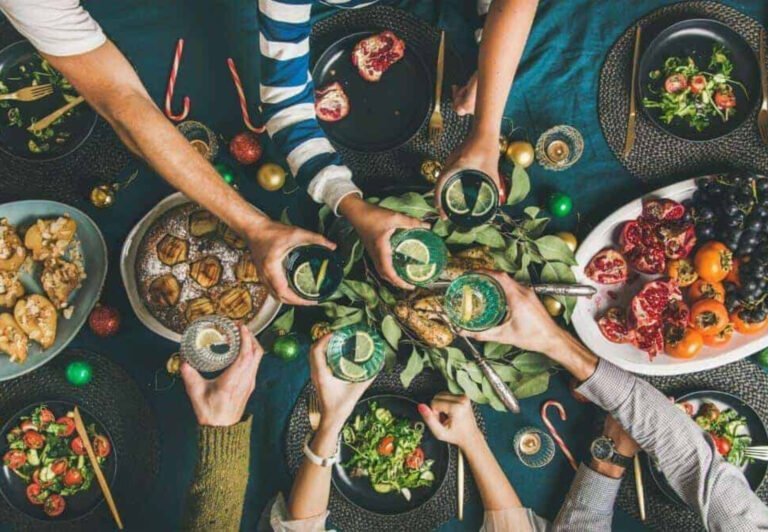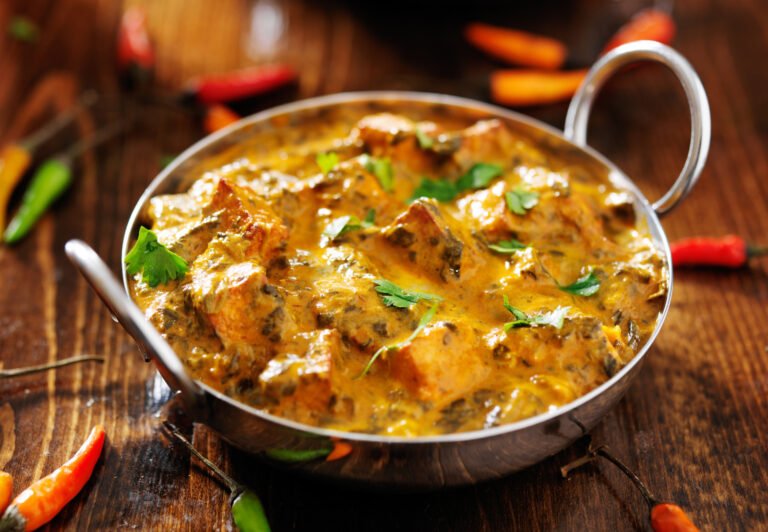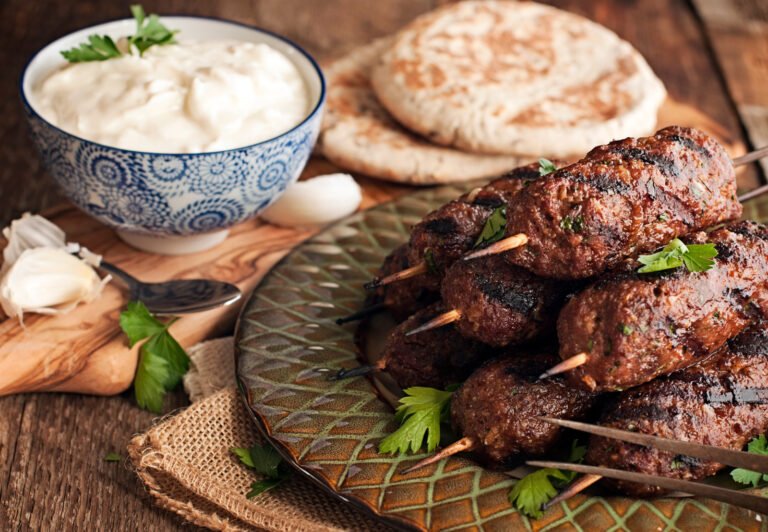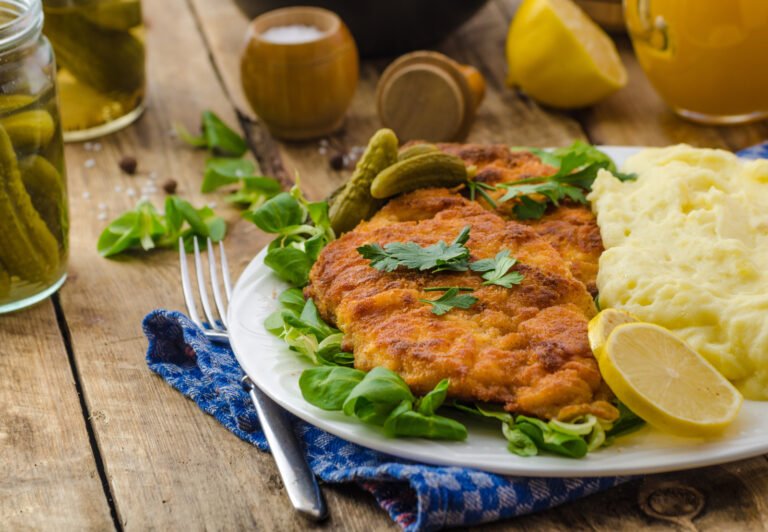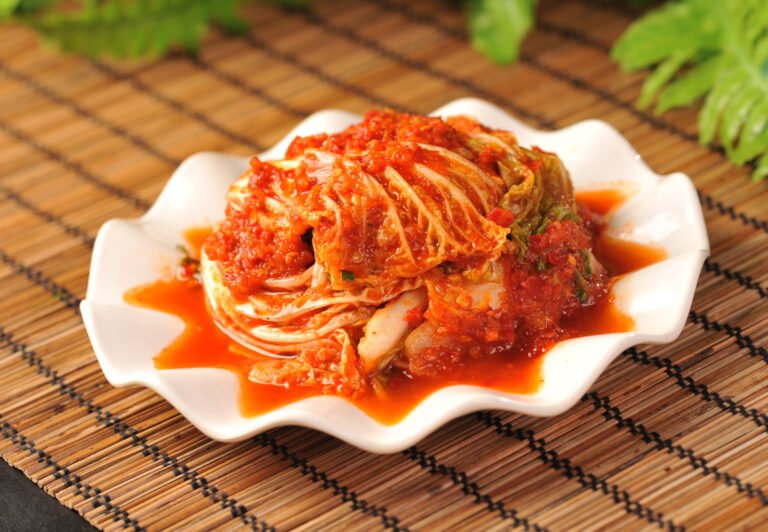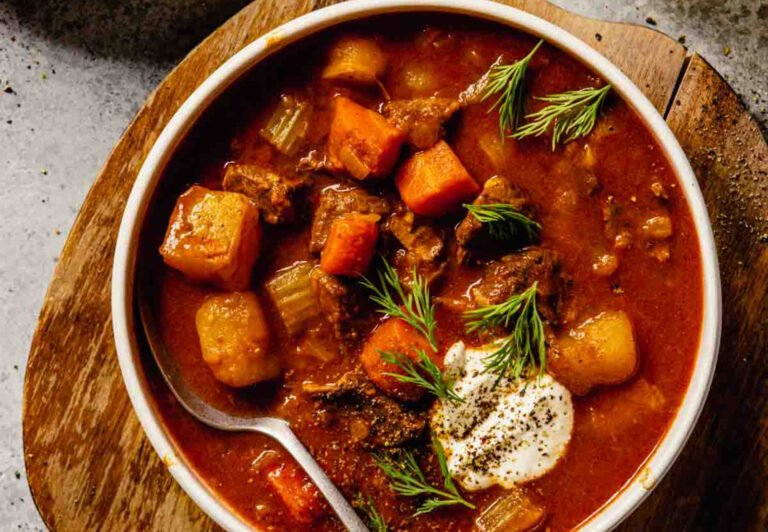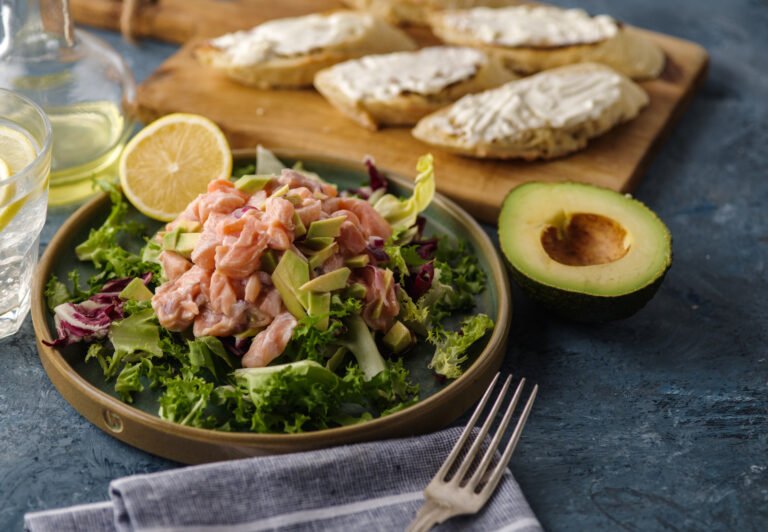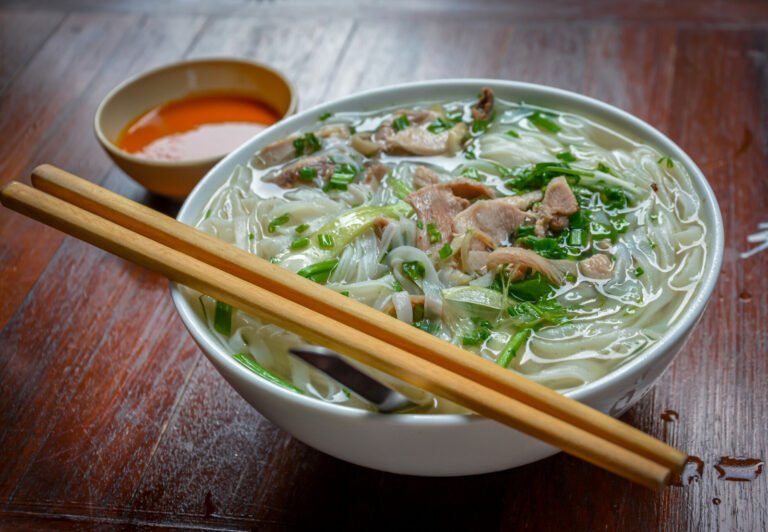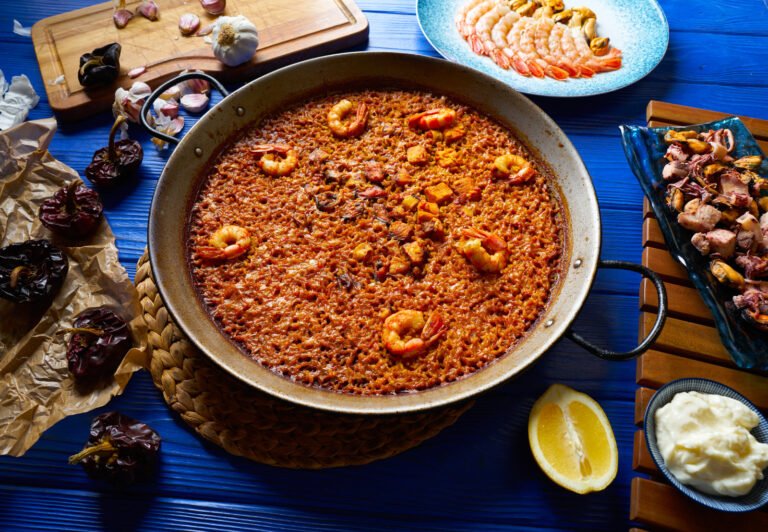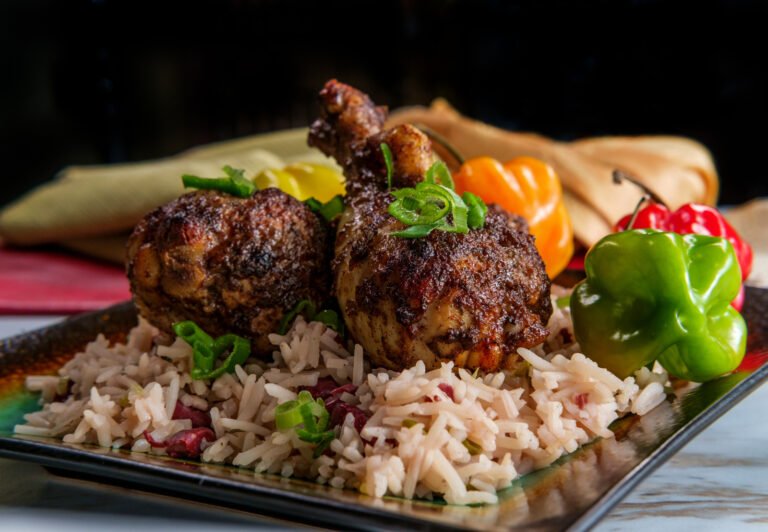Around the World in 12 Dishes: A Journey Through Global Flavors
Kanjul Verma
September 17, 2023. 4 minute Read
"
In this article, indulge in the amazing world of global cuisine as we uncover the cultural significance and flavours of 12 famous foods from around the globe.
- Table of Content
- 12 World-Famous Foods and Their Cultural Roots
- Final Thoughts
Food around the world is not merely sustenance; it is a reflection of culture, history, and tradition.
Each dish carries with it a story that has been passed down through generations, preserving the essence of a community and its people.
From the vibrant spices and rich curries of India to the delicate flavours of sushi in Japan, every cuisine offers a unique insight into the values, customs, and lifestyle of its origin.
In many cultures, meals are more than just a way to satisfy hunger; they are moments of togetherness and celebration. Families and friends gather around the table, sharing not just food but also laughter, love, and memories.
These, then get passed down from generation to generation, lead to signature dishes of places worldwide.
So, let’s explore these worldwide food delicacies right away!
12 World-Famous Foods and Their Cultural Roots
Let’s get started!
1. Margherita Pizza from Italy
We start our culinary adventure in Italy, the birthplace of pizza!
Imagine a thin, crispy crust topped with tangy tomato sauce, fresh basil leaves, and ooey-gooey mozzarella cheese.
Each bite is like a fireworks show in your mouth!
The Margherita is not just any pizza; it has a historical significance.
Legend has it that this iconic pizza was created in honour of Queen Margherita of Savoy in the late 19th century. The red tomatoes, white mozzarella cheese, and green basil were inspired by the colours of the Italian flag.
A patriotic delight that's stood the test of time!
2. Curry Dishes from India
From buttery Chicken Tikka Masala to soul-soothing Dal Makhani, Indian curries are a celebration of flavours.
Scoop up these delights with some fluffy naan or fragrant basmati rice, and you’ll have a truly unforgettable meal.
India, the land of spices and aromatic curries, has a fascinating history with these dishes.
Did you know that the word “curry” is an Anglicised version of the Tamil word “Kari,” meaning sauce?
Centuries ago, Indian traders introduced these flavoursome sauces to the world, and today, they’ve become a global culinary phenomenon.
Each region of India boasts its unique blend of spices, making Indian curries a truly diverse and mouth watering experience.
3. Kebab from the Middle East
In the Middle East, kebabs have ancient roots that stretch back to mediaeval times. Historically, skewered meats were a favourite among nomadic tribes, as they were easy to prepare and cook over open fires.
Today, kebabs have evolved into an art form, grilled to perfection; these skewered delights feature marinated meats, like tender lamb and juicy chicken, served alongside fresh salads, pickles, and pillowy soft pita bread.
It's a flavorful feast fit for a sultan!
4. Wiener Schnitzel from Austria
In Austria, Wiener Schnitzel is the undisputed champion of crispy, breaded goodness.
Thin slices of veal or pork are coated in breadcrumbs, then fried to golden perfection. Squeeze some lemon on top, and you’ve got a delectable dish that’ll make you feel delighted.
Austria’s Wiener Schnitzel was influenced by the Italian dish “Cotoletta alla Milanese,” which Austrian Field Marshal Radetzky brought back to Vienna after the Battle of Custoza.
The dish quickly became popular, and the Viennese put their own twist on it, using veal and serving it with a slice of lemon, creating the beloved Wiener Schnitzel we know today!
5. Kimchi from Korea
In Korea, Kimchi is the superstar side dish that steals the show.
This fermented cabbage, seasoned with chilli, garlic, and a touch of sweetness, packs a punch of flavours and a healthy dose of probiotics.
Also, Kimchi is not just a side dish; it’s a cultural symbol in Korea.
With a history of over 2,000 years, kimchi’s origins can be traced back to a time when preserving vegetables was essential for survival during harsh winters.
The combination of fermentation and a medley of spices gave rise to this tangy, probiotic-rich staple that’s now an essential part of Korean cuisine.
It's a Korean tradition you'll quickly fall in love with!
6. Goulash from Hungary
In Hungary, Goulash is a steaming bowl of comfort that has a storied past that dates back to the 9th century when Hungarian shepherds created the dish.
They would slow-cook chunks of meat in iron kettles over an open fire, infusing it with paprika and other spices.
Today, this hearty stew remains a symbol of Hungarian culture and has won hearts worldwide with its robust flavours.
It's like a hug in a bowl that'll warm your soul on the chilliest of days!
7. Ceviche from Peru
Peru’s Ceviche has a fascinating blend of influences.
Fresh fish or seafood is “cooked” in a zesty marinade of lime juice, onions, and cilantro.
The burst of flavors and the tangy kick of this masterpiece will transport you straight to the sunny beaches of South America!
It is said to have originated from the Moche civilization in ancient Peru, where fish was marinated in chicha, a fermented corn beverage.
Later, with the arrival of Spanish conquistadors and African slaves, the dish evolved to include ingredients like limes and onions, creating the refreshing and zesty Ceviche we enjoy today.
8. Pho from Vietnam
In Vietnam, Pho is the soul-soothing bowl of goodness that steals hearts.
Fragrant beef or chicken broth adorned with rice noodles, fresh herbs, bean sprouts, and tender slices of meat creates a symphony of flavours and textures that’ll have you slurping in delight.
Vietnam’s Pho is not just a soup; it’s a culinary masterpiece rooted in the French colonial period when the French introduced beef to Vietnam.
The Vietnamese, with their penchant for balancing flavours, combined the beef with their traditional rice noodles and aromatic herbs, creating the iconic Pho that’s become a worldwide favourite.
9. Paella from Spain
Paella is Spain’s pride and joy—a saffron-infused rice dish that’s as visually stunning as it is delicious.
Loaded with an assortment of seafood, chicken, rabbit, or vegetables, Paella captures the essence of Spanish cuisine in one delectable pan.
With ingredients so simple as rice, saffron, and protein, originally, Paella was a peasant dish cooked over an open flame in the fields by farm workers.
Today, Paella has taken on a more luxurious form, but its rustic origins remain at its heart.
10. Tacos from Mexico
Tacos are the ultimate street food sensations of Mexico, and every bite is a fiesta in your mouth.
Soft corn tortillas cradle a variety of fillings, from succulent grilled meats to flavorful beans and veggies.
Top them off with salsa, guacamole, and a squeeze of lime for a burst of authentic Mexican flavors.
The indigenous people in the Valley of Mexico used to eat small tortillas filled with a variety of meats, fish, or insects.
When the Spanish arrived, they introduced new ingredients like pork and beef, which blended with traditional Mexican flavors to create the scrumptious Tacos we love today.
11. Biryani from Pakistan/India
Biryani is the crown jewel of Pakistani and Indian cuisine.
Fragrant basmati rice, layered with tender meat or vegetables, aromatic spices, and a touch of saffron, creates a luxurious dish fit for royalty.
The story of Biryani spans different cultures and centuries.
It is believed to have originated in Persia and traveled to India through trade routes. The Mughals, who ruled India, fell in love with Biryani and elevated it to a royal dish, adding fragrant spices and rich ingredients.
Today, Biryani is cherished in both India and Pakistan, with each region putting its unique twist on the classic rice delight.
12. Jerk Chicken from Jamaica
Jerk Chicken is a mouthwatering explosion of spicy, smoky, and sweet. The chicken is marinated in a fiery mixture of scotch bonnet peppers, allspice, and thyme, then grilled to perfection.
The dish has roots in the Maroons, escaped African slaves who settled in Jamaica’s mountains.
To preserve their meat, they used a blend of African and indigenous ingredients, like scotch bonnet peppers and allspice berries.
Today, jerk seasoning is synonymous with Jamaican cuisine and packs a punch of bold flavors, transporting you to the sunny beaches of the Caribbean with every delicious bite.
Final Thoughts
In a nutshell!
As you wrap up this incredible journey exploring famous foods from various corners of the world, you’re left in awe of the cultural tapestry woven through these delectable dishes.
Each food represents a unique story, born from the traditions and heritage of its origin.
From the familiar comfort of well-known classics to the exotic allure of lesser-known delicacies, you’ve witnessed how food can transcend borders, bringing people together in shared delight.
Now you see the beauty of diversity and the interconnectedness of our global community, right?
Bon appétit!
Subscribe to new post
The One Liner
Useful Links
Order Related Queries
Useful Links
Order Related Queries

